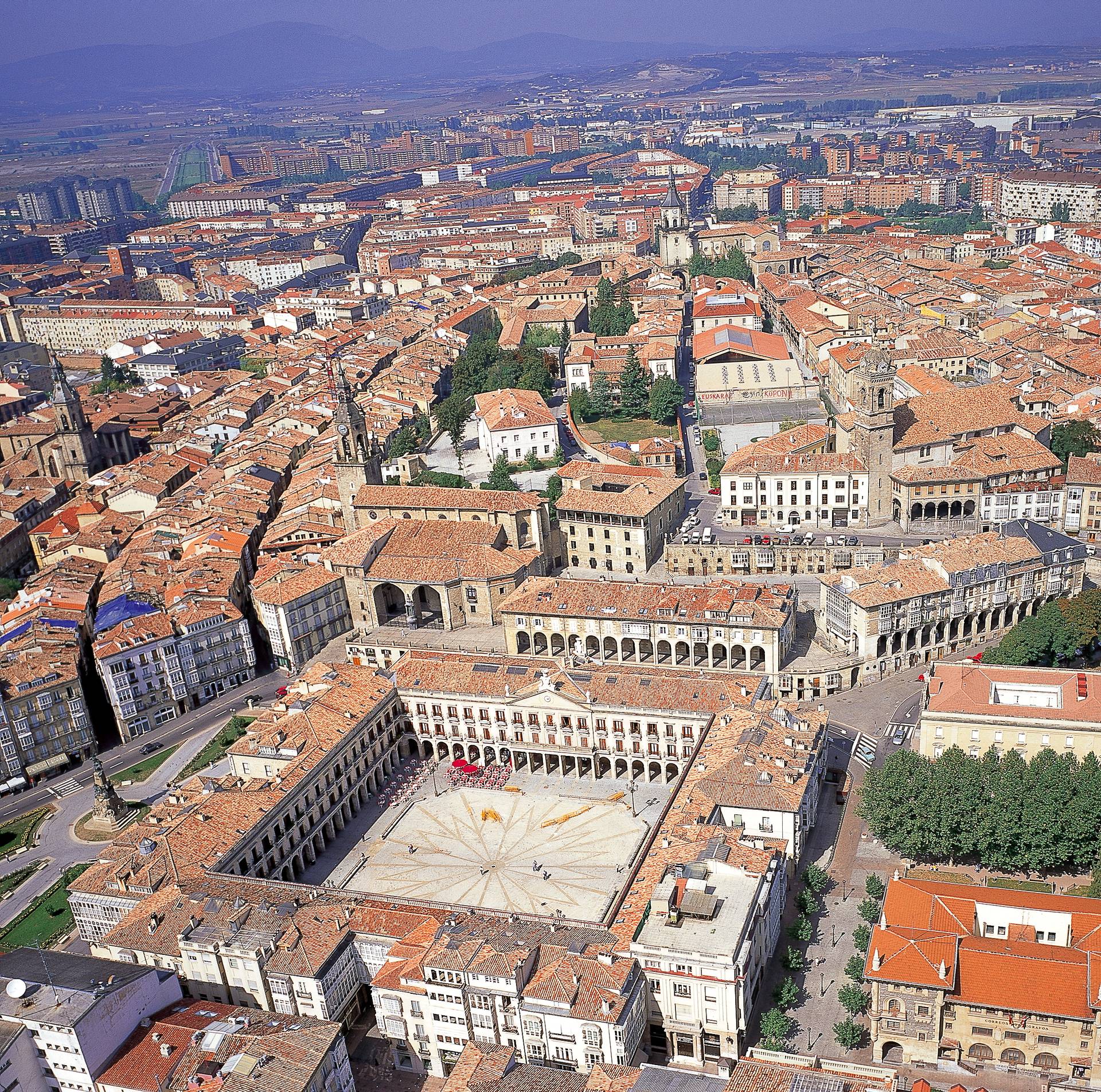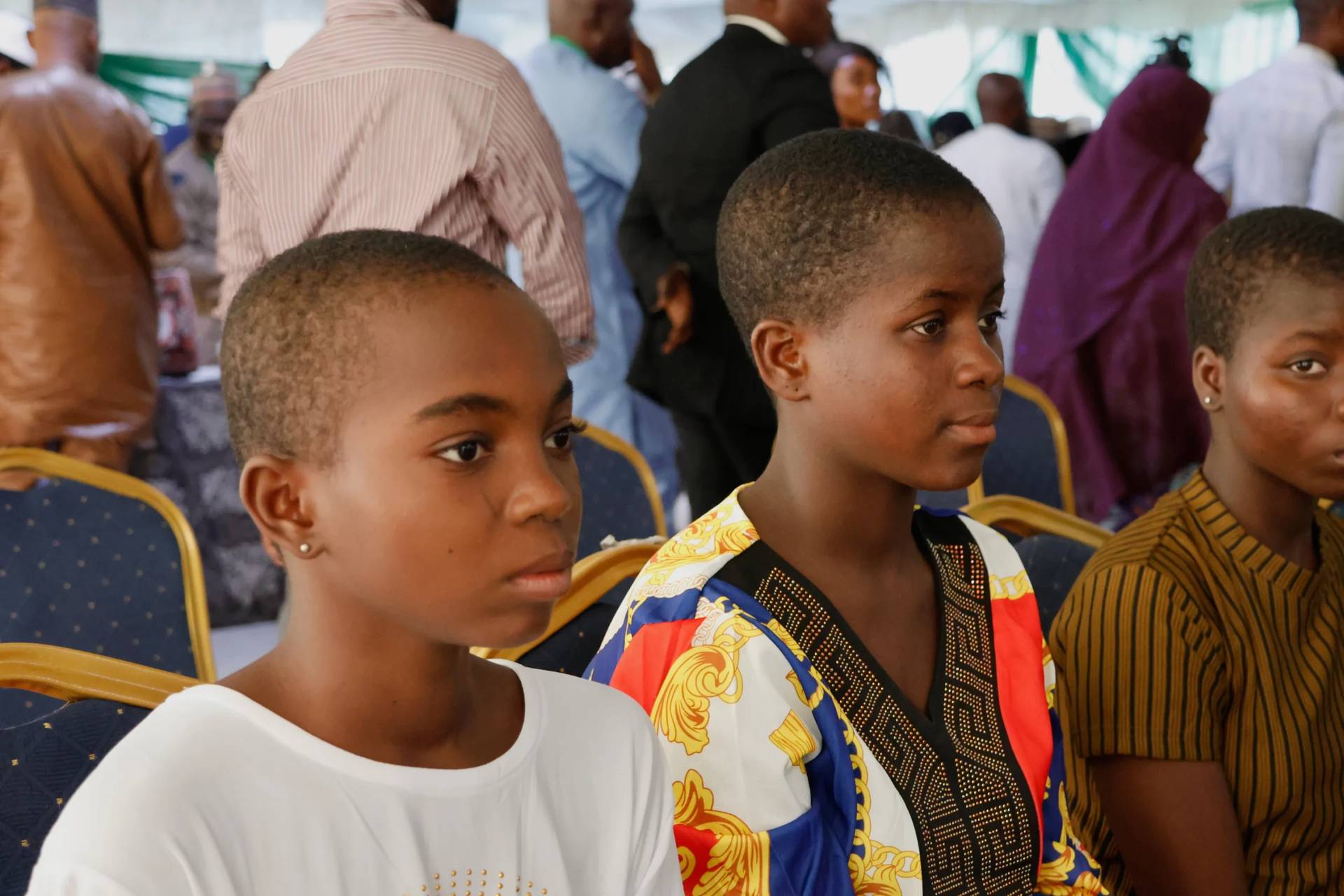ROME — The Institute for the Works of Religion, often referred to as the Vatican bank, made a profit of about $40 million (36 million euros) in 2016, according to its annual report.
The institute held assets worth 5.7 billion euros at year’s end, which included deposits and investments from close to 15,000 clients — mostly Catholic religious orders around the world, Vatican offices and employees, and Catholic clergy.
Before the report’s release, the 2016 financial statements were audited by the firm Deloitte & Touche and were reviewed by the Commission of Cardinals overseeing the institute’s work.
According to a statement from the bank June 12, all of the profits will be turned over to the Holy See, with none being placed in the institute’s reserve account.
According to the report, most of the institute’s clients “are active in missions or perform charitable works at institutions such as schools, hospitals or refugee camps.” That work is conducted all over the world, including “in countries with very basic infrastructure and underdeveloped banking and payment systems,” which means they rely on the institute, particularly in transferring donations from wealthier nations to poorer ones.
“Measured by assets entrusted, the most important group of clients was religious orders. They accounted for more than half of our client base in 2016 (54 percent), followed by Roman Curia departments, Holy See Offices and nunciatures (11 percent),” the report said.
Cardinals, bishops and other clergy make up about 8 percent of the client base, and another 8 percent is comprised of bishops’ conferences, dioceses and parishes.
In addition to deposits in money, the institute also holds “gold, silver, medals and precious coins” valued at close to 33 million euros. “Gold is mainly deposited with the U.S. Federal Reserve, while medals and precious coins are kept in the IOR vaults,” it said.
IOR is the Italian acronym for the Institute for the Works of Religion.













